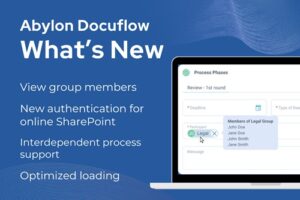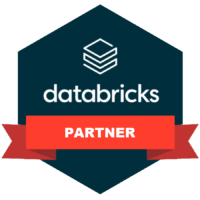
Below, you’ll find a detailed case study that offers an inside look into a planning automation project we recently executed for a major software company. For this edition, we’ve opted for a more narrative approach to provide a personal and insightful perspective. We hope you find this storytelling format both enjoyable and informative.
Project Background
Sales planning can be a daunting task, one that Julie knew all too well as she stared at the 22nd Excel file that had landed in her inbox that day. The seemingly never-ending process required intricate calculations involving #deferrals, #sales, and #revenues, all of which were pivotal to the sales team, and therefore the whole company’s success.
In a software company where sales were tied to various software licenses, the complexity of sales planning was undeniable. For Julie and the rest of the colleagues involved in planning, this process was slow, ineffective, involved a lot of manual work and to put it nicely, it was far from enjoyable.
Business Challenge: Data Preparation and Calculation Complexity
The first challenge lay in the preparation of historical data for each customer group. It was no simple task. Sales representatives had to input the number of units to be sold, but Excel couldn’t instantly recalculate what this meant for Sales Amount and Revenue Amount. This meant that both Sales Amount (Quantity * Price) and Revenue (Sales Amount +/- Deferrals) had to be calculated for every planning period. Furthermore, sales teams had to predict Renewal rates and Price increases for each product in their region, which directly impacted historical data.
The enormity of this task became apparent, especially for customer groups with hundreds of thousands of records requiring calculations. Excel, on its own, couldn’t handle the complexity.
Exploring Solutions
Two major directions were considered to tackle this challenge: bringing the planner closer to the “tech” or bringing the “tech” closer to the planner.
Bringing the planner closer to the “tech”:
This approach involved having planners embrace new technologies. However, it was evident that not everyone was tech-savvy, and expecting them to learn new technologies for a process that wasn’t their primary focus seemed impractical.
Bringing the “tech” closer to the planner:
This approach aimed to provide a user-friendly interface for planners. While promising, it raised questions about design, tabular data handling, frontend development resources, and the learning curve for planners. Questions like:
- what kind of design should we use?
- how should one address the tabular data? Save each line? Recalculate on every mouse-move?
- how can we display effectively more than one kind of tables which are related to each other?
- how many hours of a Front-End development is needed, when will they be available?
- who will create the design?
- how will the planners learn the logic of the new design, and the new frontend, if it’s not intuitive enough?
By choosing Excel as the frontend, we addressed many of these concerns.
Our Solution
Given the complexity of the project it seemed a perfect case for Abylon Rapid Planner – the planning module of the Abylon Rapid Platform.
The Rapid Platform itself is a flexible, enterprise grade productivity platform for building Microsoft Data Warehouse or Data Lake based analytical solutions. On top of the platform, we created easy-to-deploy business solutions for the most common BI and data analytics scenarios.
The planning module we used in this case includes enterprise-grade financial and analytical planning, master data management, querying and scenario-analysis.
Implementing Abylon Rapid Planner effectively resolved all the key issues, with the exception of incoming data cleaning, as per the client’s decision due to ongoing source system discussions.
Results
- Data Accessibility and Security
With the Abylon Rapid Platform, everyone can access their relevant data from within Excel securely. Unauthorized access is prevented, ensuring data integrity.
- Instant Recalculation
Once data is provided, recalculation happens instantly, eliminating manual work. This has a profound impact on reducing manual tasks during planning and forecasting periods, as well as significantly reducing waiting times for Sales Planners.
- Streamlined Planning Workflow
The platform simplifies the entire planning process. It eliminates manual data sending, consolidation, and recalculation. Custom data validations ensure data consistency, and plan versions can be easily tracked. The result is increased confidence in data accuracy and alignment with approved plans.
- BI Ready Data
No additional automatization process or consolidation is needed in order to provide data to a Business Intelligence system, since the data is already organized and stored in a database, and is ready to be ingested.
- Master Data Management
The Abylon Rapid Platform offers a central master data management solution. It removes the need for manual updates, ensuring data consistency across the board.
- ETL Functionality
Our platform provides ETL functionality (like mass upload) within Excel and beyond. It streamlines data upload and integration, eliminating the need for external ETL services.
Conclusion
In conclusion, the Abylon Rapid Platform revolutionizes sales planning by addressing the challenges faced head-on. It ensures data accuracy, reduces manual work, and streamlines the planning workflow. Say goodbye to complex Excel files and embrace a more efficient, user-friendly approach to sales planning!
If you’re ready to transform your sales planning process, contact us today to learn more about how Abylon Rapid Platform can benefit your organization.
For more information check out some of our other blogposts about the Rapid Platform and our FP&A solution Abylon Rapid Planner:






